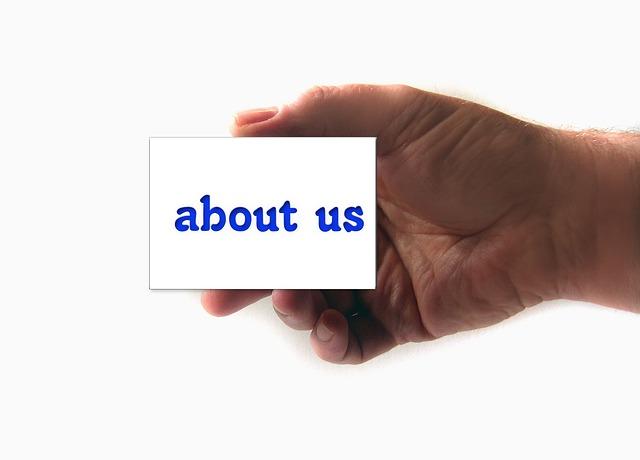- Introduction
- Importance of Plagiarism Checkers
- Top Free Online Plagiarism Checkers
- How to Use Plagiarism Checkers Effectively
- Common Misconceptions About Plagiarism
- Conclusion
- FAQs
Introduction
In the digital era, where information is shared rapidly and effortlessly, the issue of plagiarism has become increasingly significant for students, educators, and professionals alike. The integrity of content is paramount, and ensuring originality can be challenging. This article will cover essential topics related to plagiarism checkers:
- Importance of Plagiarism Checkers: Understand the necessity of using plagiarism detection tools.
- Top Free Online Plagiarism Checkers: A detailed look at the best free resources available today.
- How to Use Plagiarism Checkers Effectively: Tips and guidance for maximizing the benefits of these tools.
- Common Misconceptions About Plagiarism: Clarifying misconceptions surrounding plagiarism and its impact.
Importance of Plagiarism Checkers
In academic and professional settings, the importance of plagiarism checkers cannot be overstated. These tools serve as a safeguard against unintentional mishaps and help maintain the credibility of work submitted by individuals.
Moreover, plagiarism checkers foster a culture of respect for intellectual property. By using these tools, writers acknowledge the contributions of others and avoid misrepresenting someone else's ideas as their own. This promotes an ethical atmosphere where originality is celebrated.
With the vast amount of information online, it's all too easy for individuals to inadvertently reproduce content without proper citation. Plagiarism checkers are not merely about catching dishonest practices; they're essential in educating users about how to produce quality, original writing.
Additionally, they serve as excellent learning tools for students. By identifying instances of copied material, students can learn better citation practices and improve their writing skills, ultimately developing a strong sense of academic integrity.

(Image: Pixabay/@distelAPPArath)
Top Free Online Plagiarism Checkers
When it comes to choosing a plagiarism checker, several high-quality free options are available that cater to various needs and preferences. Below are some of the most reliable tools in the market:
The first on our list is **Grammarly**. While primarily known for its grammar-checking capabilities, Grammarly also includes a robust plagiarism detection feature. It scans your text against billions of web pages and academic papers to identify any duplicated content.
Another great option is **Quetext**. Quetext uses DeepSearch technology, which makes it exceptionally effective at detecting plagiarism across multiple sources. Its user-friendly interface and comprehensive reports make it accessible to anyone needing to ensure their writings' originality.
**Plagscan** is yet another powerful tool. This platform allows users to upload documents in various formats and provides a plagiarism report detailing the extent of duplicated content. Ideal for educational institutions and corporate users, Plagscan ensures that submissions are original.
Lastly, there's **Small SEO Tools Plagiarism Checker**. As the name suggests, this checker is part of a suite of SEO tools but is incredibly effective in scanning for duplicate content. Its capacity to compare text against online sources and academic journals makes it a go-to for many users.

(Image: Pixabay/@FlanellKamerasFilm)
How to Use Plagiarism Checkers Effectively
Using a plagiarism checker seems simple, but several strategies can enhance your experience. Here’s how to use them effectively:
First, always double-check your work after making edits or revisions. Even if you modified previous content, it's vital to run it through a plagiarism checker again. Many unfamiliar forms of paraphrasing can inadvertently lead to flagged results, so running checks post-editing can save time and trouble later.
Second, be aware that no plagiarism checker is perfect. It's advisable to employ multiple tools to comparison check your text, as different software has varied databases and methodologies. By doing so, you'll get a more comprehensive view of any potential issues.
Third, embrace the feedback. When a plagiarism checker highlights similarities, take the time to analyze them. Understanding why the tool flagged your work can help you improve in future writing projects. Bibliography and citation structuring might be areas to focus on depending on what the checker indicates.
Finally, don't solely rely on these tools for maintaining originality. Developing good research habits, proper citation methods, and writing skills will serve you long-term. Use these checkers as just one component of your writing arsenal.

(Image: Pixabay/@FlanellKamerasFilm)
Common Misconceptions About Plagiarism
Despite increased awareness and availability of anti-plagiarism tools, various misconceptions regarding plagiarism persist. One common belief is that plagiarism only refers to directly copying someone else's work. In reality, it also encompasses paraphrasing without proper citation, using someone's unique ideas without acknowledgment, and even self-plagiarism.
Another misconception is that only students engage in plagiarism. In truth, professionals, researchers, and writers are equally susceptible to unintentionally replicating content. Relying solely on your memory or understanding without proper citations often leads to accidental plagiarism.
Many people believe that plagiarism checkers guarantee complete accuracy. Although they significantly reduce the risk of plagiarism, they're not foolproof. Some checkers may miss certain types of content or fail to catch all instances of duplication.
Finally, some writers assume that using plagiarism checkers unduly hampers creativity. Yet, when utilized correctly, they act as a supporting tool that helps enhance one's originality and writing prowess. They encourage respect for varying intellectual outputs while fostering creative expression.

(Image: Pixabay/@geralt)
Conclusion
Plagiarism checkers are invaluable resources in today's information age, offering essential support to maintain the integrity and authenticity of written content. Understanding the importance of these tools, knowing how to use them effectively, and dispelling common misconceptions can create a more honest and respectful writing culture.
As we navigate the complexities of writing in a digital landscape, embracing originality and acknowledging the work of others becomes increasingly vital. By utilizing the best free online plagiarism checkers available, we can ensure our writing upholds ethical standards while promoting creativity and innovation.
FAQs
What is a plagiarism checker?
A plagiarism checker is a tool that scans written content and compares it against a database of existing works to identify any instances of copied or closely paraphrased material.
Are free plagiarism checkers reliable?
Many free plagiarism checkers provide reliable services; however, they may have limitations compared to premium versions. It's advisable to utilize more than one tool to ensure accurate results.
How do I avoid plagiarism in my writing?
To avoid plagiarism, always ensure proper attribution for ideas, quotes, and paraphrases. Develop strong paraphrasing skills, and familiarize yourself with citation styles such as APA, MLA, or Chicago.
Can plagiarism be detected in images and multimedia?
While many plagiarism checkers are designed for written content, some advanced tools can detect image duplicates. Always consider copyright laws concerning multimedia.
What should I do if my work is flagged for plagiarism?
If your work is flagged, carefully evaluate the highlighted portions. Revise them to improve originality, add proper citations, or consider rewriting sections to better reflect your unique voice.
